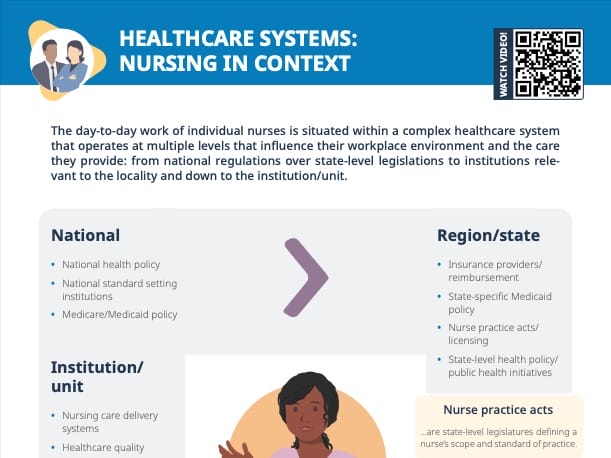What are reimbursement models in healthcare?
Reimbursement models in healthcare are systems used by insurance companies and government programs to pay healthcare providers for services given to patients.
Since these models determine how much money providers receive, they can influence the type, quality, and quantity of the care delivered, and significantly shape the healthcare environment.
Types of reimbursement
The main types of healthcare reimbursement models are
- Fee-for-service:
- Traditionally used
- Reimburses providers for each service performed (e.g., procedures, tests)
- Value-based care:
- Value-based care systems reimburse providers based on patient health outcomes.
- The general trend is moving towards value-based models, following a general trend of emphasizing patient outcomes over service quantity.
Fee-for-service reimbursement model
The fee-for-service reimbursement model is the most traditional payment model in healthcare. It means that reimbursement is based on the number of services provided and payments are made separately for each one.
Disadvantages of this system include:
- It is difficult for patients to navigate the complicated system of services and fees on their own.
- Patients may see multiple providers who do not communicate with each other.
- Providers lack the technology and the incentives to coordinate patient care.
Value-based reimbursement models
Value-based care means that clinicians consider the quality and the outcomes of the provided care. They strive for efficiency, consider best practices, and encourage a holistic team approach to care by coordinating and communicating between physicians across specialties.
Value-based care incentivizes cost-efficiency and quality, and creates structures that reward physicians for coordinated, appropriate, and effective care.
Pay-for-coordination model
A primary care physician leads and coordinates care between multiple providers and specialists to manage a unified care plan for patients and to ensure efficiency and quality.
Pay-for-performance model
Healthcare providers are financially incentivized to meet certain quality and efficiency benchmark measures. While it aims to improve healthcare quality, it can also lead to a focus on easier-to-treat patients and conditions.
Bundled payment or episode-of-care payment model
The bundled payment model encourages quality and efficiency by reimbursing healthcare providers with a set amount of money for a specific episode of care, such as a hip replacement, and any complications.
Shared savings programs
In this model, physicians form entity groups and provide population health management. Quality and efficiency are achieved through coordinated team care and any realized net savings are given back to the providers.
